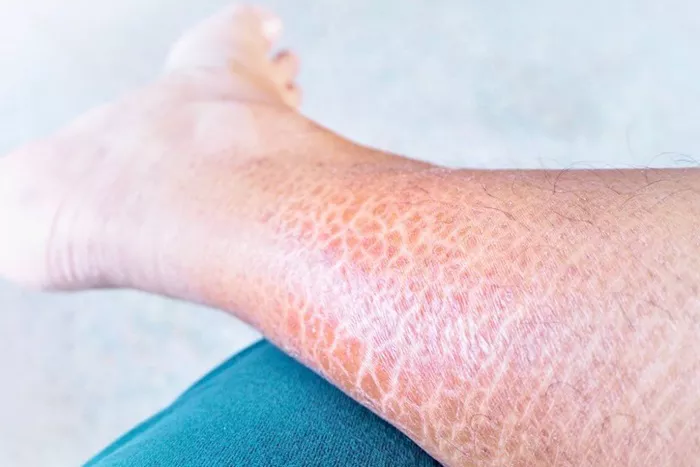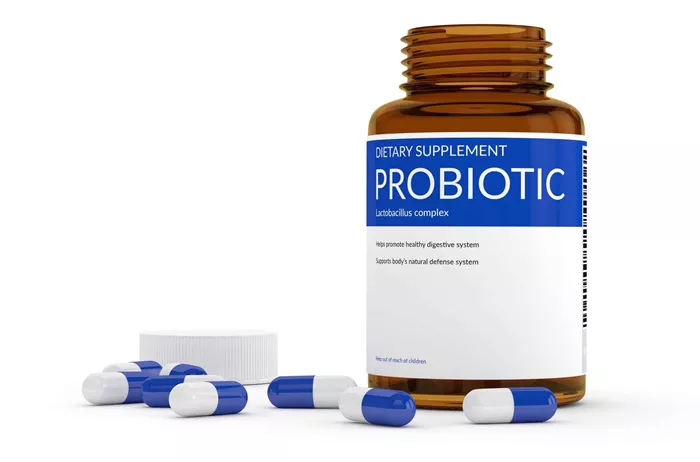Hair dye allergic reactions can be distressing and uncomfortable experiences for individuals who undergo them. These reactions can range from mild skin irritation to severe allergic dermatitis and even anaphylaxis in rare cases. It’s essential to understand the signs and symptoms of a hair dye allergic reaction and know what steps to take to manage and alleviate the symptoms promptly. This comprehensive guide aims to provide valuable insights into recognizing, treating, and preventing hair dye allergic reactions effectively.
Understanding Hair Dye Allergic Reactions
Hair dye contains various chemicals, including paraphenylenediamine (PPD), ammonia, hydrogen peroxide, and other ingredients, which can trigger allergic reactions in susceptible individuals. PPD, in particular, is a common allergen found in many hair dye products and is responsible for most allergic reactions.
Signs and Symptoms
Recognizing the signs and symptoms of a hair dye allergic reaction is crucial for prompt intervention. Common symptoms may include:
Skin Irritation:
Redness and Rash: Individuals may experience redness, itching, or a rash on the scalp, face, neck, or other areas exposed to the hair dye.
Swelling: Swelling of the face, eyelids, lips, or tongue may occur in severe cases.
Respiratory Symptoms:
Difficulty Breathing: Some individuals may experience difficulty breathing, wheezing, or coughing, particularly if they inhale hair dye fumes.
Runny Nose or Sneezing: Nasal symptoms such as a runny or stuffy nose, sneezing, or nasal congestion may occur.
Generalized Symptoms:
Nausea and Vomiting: In severe allergic reactions, individuals may experience nausea, vomiting, or gastrointestinal upset.
Dizziness or Fainting: Fainting or feeling lightheaded can occur due to a drop in blood pressure associated with anaphylaxis.
What to Do in Case of a Hair Dye Allergic Reaction
1. Rinse the Area Thoroughly:
If you experience mild skin irritation or itching after applying hair dye, immediately rinse the affected area with lukewarm water. Use a gentle shampoo to remove any remaining dye residue from the scalp or skin.
2. Apply a Cold Compress:
To alleviate discomfort and reduce swelling, apply a cold compress or ice pack wrapped in a clean cloth to the affected area. Cold therapy can help constrict blood vessels and reduce inflammation.
3. Take Antihistamines:
Over-the-counter antihistamines such as cetirizine (Zyrtec), loratadine (Claritin), or diphenhydramine (Benadryl) can help relieve itching and hives associated with allergic reactions. Follow the dosage instructions provided on the medication packaging.
4. Avoid Scratching:
Resist the urge to scratch or rub the irritated skin, as this can exacerbate the allergic reaction and increase the risk of infection. Instead, gently pat the area dry with a clean towel after rinsing.
5. Seek Medical Attention:
If symptoms persist or worsen despite home remedies, or if you experience severe allergic symptoms such as difficulty breathing, chest tightness, or swelling of the face, lips, or tongue, seek immediate medical attention. Allergic reactions can escalate rapidly, and prompt medical intervention is essential.
Preventing Hair Dye Allergic Reactions
Prevention is key to avoiding hair dye allergic reactions in the future. Consider the following tips to minimize the risk of an allergic reaction:
1. Patch Test:
Before using a new hair dye product, always perform a patch test to check for sensitivity or allergic reactions. Apply a small amount of the dye to a small area of skin (e.g., behind the ear or inner elbow) and wait 24-48 hours to observe any adverse reactions before applying the dye to the entire scalp or hair.
2. Choose Hypoallergenic Products:
Opt for hair dye products labeled as “hypoallergenic” or “sensitive skin formula,” which are formulated to minimize the risk of allergic reactions. These products typically contain lower concentrations of potential allergens such as PPD.
3. Limit Exposure:
Avoid prolonged or frequent exposure to hair dye chemicals by spacing out hair coloring sessions and minimizing contact with the scalp or skin. Consider using alternative hair coloring methods such as highlights or lowlights, which may involve less direct contact with the scalp.
4. Read Ingredient Labels:
Carefully read the ingredient labels of hair dye products to identify potential allergens such as PPD, ammonia, or hydrogen peroxide. If you have a known allergy to any of these ingredients, choose dye-free or natural hair coloring alternatives.
5. Consult a Dermatologist:
If you have a history of allergic reactions or sensitive skin, consult a dermatologist before using hair dye products. A dermatologist can assess your risk factors, recommend suitable hair dye products, and provide personalized advice on allergy prevention and management.
Conclusion
Hair dye allergic reactions can be uncomfortable and potentially dangerous if left untreated. Recognizing the signs and symptoms of an allergic reaction and knowing how to respond promptly is essential for minimizing discomfort and preventing complications. By following the recommended steps for managing allergic reactions and adopting preventive measures, individuals can safely enjoy the benefits of hair coloring without risking adverse reactions. As always, prioritize safety and consult healthcare professionals if you have any concerns or experience severe allergic symptoms.
[inline_related_posts title=”You Might Be Interested In” title_align=”left” style=”list” number=”6″ align=”none” ids=”8464,8461,8457″ by=”categories” orderby=”rand” order=”DESC” hide_thumb=”no” thumb_right=”no” views=”no” date=”yes” grid_columns=”2″ post_type=”” tax=””]

































